-202403121604.gif)
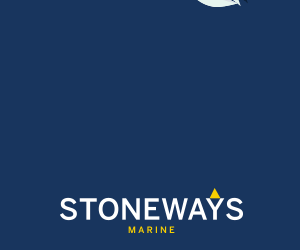

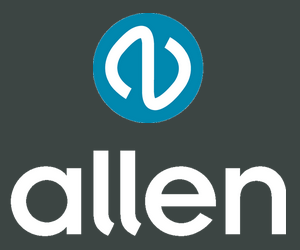

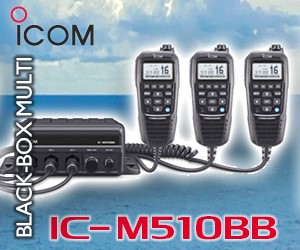
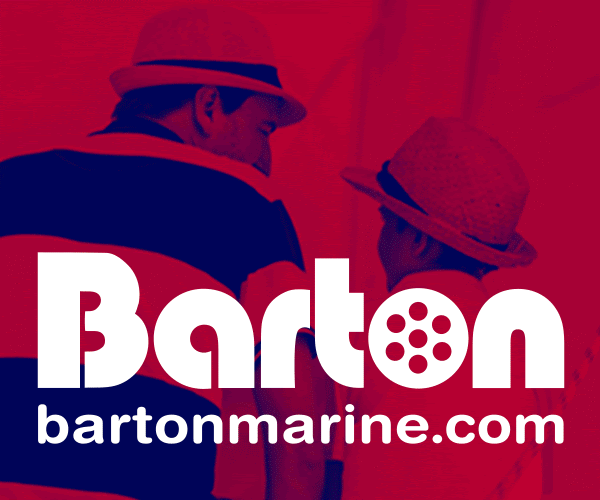
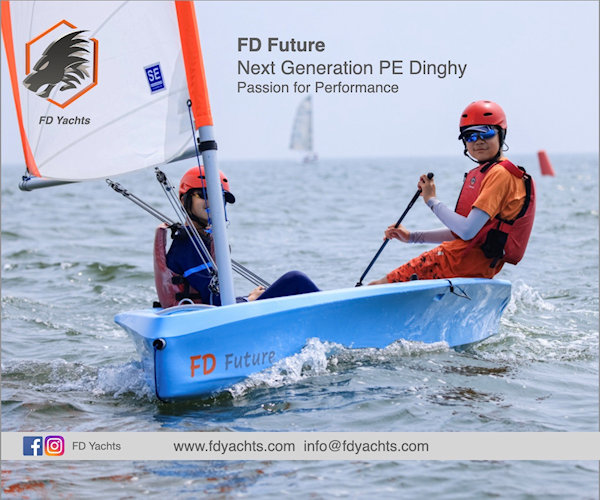
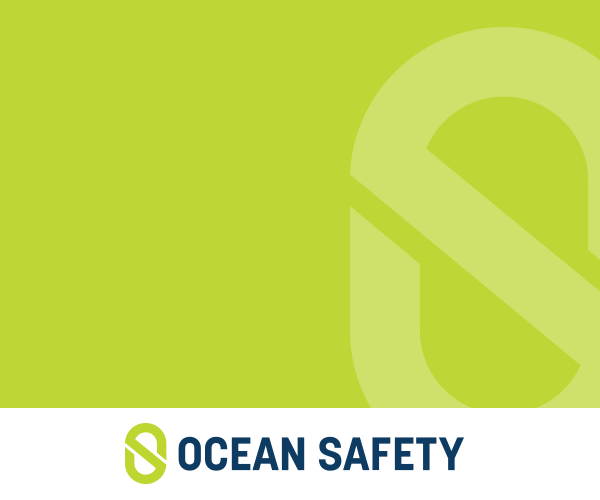

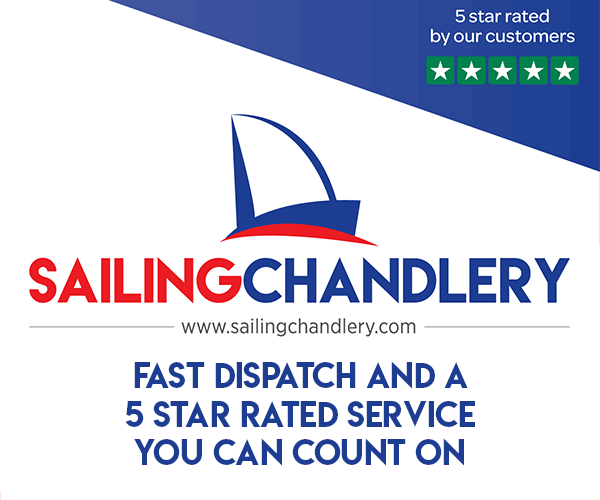


Boats for sale
| J24 (Sail No. 4239) Dartmouth |
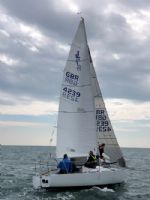 |
| Laser XD 203301 Upminster |
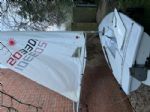 |
| Laurent Giles 'Jolly Boat' Exeter |
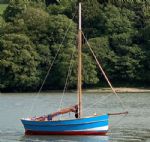 |
List classes of boat for sale |
What's the purpose of rule 18.4? |
Post Reply 
|
Page 12> |
| Author | |
Guests 
Guest Group 
|
 Post Options Post Options
 Quote Quote  Reply Reply
 Topic: What's the purpose of rule 18.4? Topic: What's the purpose of rule 18.4?Posted: 17 Jul 18 at 3:47pm |
|
Asymmetric boats sailing to final port hand leeward mark before a short reach to the finish.
Both boats are coming in on their laylines. Starboard is overlapped inside and entitled to mark room. Proper course is to gybe on the mark for tight reach to the finish. At the weekend I was in starboard position and gybed on the mark. Port boat carried her momentum through to leeward to finish ahead. Afterwards we discussed and decided it would have been better to sail a higher course from further out, to meet the port boat before the zone and call starboard on them then, forcing a double gybe, or them to take our transom. The risk with that is that they take your transom and have an inside overlap once you gybe for the mark. But could I have instead of carried on on starboard, forcing the port boat to gybe off, before then gybing on to port myself and finish? I.e. force the port boat to double gybe. But does 18.4 require me to gybe right on the mark and not continue on starboard to force the other boat to gybe?
|
|
 |
|
PeterG 
Really should get out more 
Joined: 12 Jan 08 Location: United Kingdom Online Status: Offline Posts: 818 |
 Post Options Post Options
 Quote Quote  Reply Reply
 Posted: 17 Jul 18 at 6:08pm Posted: 17 Jul 18 at 6:08pm |
|
When an inside overlapped right-of-way boat must gybe at a mark to
sail her proper course, until she gybes she shall sail no farther from
the mark than needed to sail that course
I can't see you have much leeway in there to do that. Unless you could argue your proper course was to delay gybing - and forcing the other boat to gybe doesn't count towards that!
|
|
|
Peter
Ex Cont 707 Ex Laser 189635 DY 59 |
|
 |
|
Guests 
Guest Group 
|
 Post Options Post Options
 Quote Quote  Reply Reply
 Posted: 17 Jul 18 at 6:43pm Posted: 17 Jul 18 at 6:43pm |
|
Yeah, i think we did the best we could with the options open. Maybe try and meet the port boat before the zone, but like I said above, that has it's own risks.
Why does 18.4 not apply to leeward gates though? Not at the weekend but most of the time we have leeward gate, sometime this is modified to just a port mark for last lap, but sometimes not, and never when the course is shortened. So it seems like there are some odd scenario where this option to sail beyond my proper course then gybe would be open to a starboard boat with mark room at a port hand mark.
|
|
 |
|
JimC 
Really should get out more 

Joined: 17 May 04 Location: United Kingdom Online Status: Offline Posts: 6649 |
 Post Options Post Options
 Quote Quote  Reply Reply
 Posted: 17 Jul 18 at 8:00pm Posted: 17 Jul 18 at 8:00pm |
At a guess I think it would cause confusion because the ROW boat should be able to choose which side of the gate she goes to, but 18.4 would tend to force her to the L side. |
|
 |
|
Guests 
Guest Group 
|
 Post Options Post Options
 Quote Quote  Reply Reply
 Posted: 18 Jul 18 at 4:47pm Posted: 18 Jul 18 at 4:47pm |
|
Makes sense.
Also, if the finish is offset downwind, so that you wouldn't lay it from the mark, then I guess you could call starboard and sail past the mark to your layline in to the finish before gybing too. I'd been sailing to the old rules where P/S switches off for mark room and once you get in 3 boat lengths you must sail for the mark. However, I figure this new rule allows you to gybe where you would normally (say if you're a boat length or two above the layline) and sail proper course when you're right of way boat instead of being limited simply to mark-room. |
|
 |
|
ohFFsake 
Far too distracted from work 
Joined: 04 Sep 08 Location: United Kingdom Online Status: Offline Posts: 219 |
 Post Options Post Options
 Quote Quote  Reply Reply
 Posted: 06 Jun 19 at 12:23am Posted: 06 Jun 19 at 12:23am |
|
If you could establish that your proper course to the next mark did not require you to gybe at the mark then this would switch 18.4 off in its entirety and leave you free to sail where you wish.
The only way I can see this being a defensible argument would be if there were a plausible advantage to not gybing at the mark but instead remaining on starboard and gybing later, and all of this in the absence of other boats. What if 1. The short leg to the finish is very deep, so if you sail hot angles you might not want to gybe at the mark as that would entail having to gybe again to get down to the line, or 2. The finish line is very biased so you want to gybe late and sail to the leeward end of it, or 3. There is an identifiable tide or wind advantage to be had by delaying your gybe |
|
 |
|
davidyacht 
Really should get out more 
Joined: 29 Mar 05 Online Status: Offline Posts: 1345 |
 Post Options Post Options
 Quote Quote  Reply Reply
 Posted: 06 Jun 19 at 6:59am Posted: 06 Jun 19 at 6:59am |
|
Downwind dog leg finishes should be discouraged, they put far too much pressure on the leeward mark to gain room, and the subsequent pump fest to the finish line, particularly if there is no jury boat. With large fleets and the current fashion for short races too many places can change in the closing couple of minutes of the race.
It really is not that hard for a Committee boat to move up to the windward mark, or send a patrol boat to the windward mark to finish the race, and would rarely add more than 10 minutes to the schedule. It would also give them much more opportunity to correctly record the finishing sail numbers in the correct order.
|
|
|
Happily living in the past
|
|
 |
|
Fatboi 
Posting king 
Joined: 09 Aug 16 Location: Hampshire Online Status: Offline Posts: 189 |
 Post Options Post Options
 Quote Quote  Reply Reply
 Posted: 06 Jun 19 at 8:28am Posted: 06 Jun 19 at 8:28am |
|
Not 100% on your exact situation, but if you can argue that it wasn't your fastest route to the finish by gybing on the mark, then you are covered.
With asymmetrics this is easier than a single hander, as you could argue the extra speed that you gain by going high and planing makes this the fastest route, or you may think that the angles are fine to go high, therefore that can be argued it's your proper course. If you had to drop to make the finish this would obviously show that it wasn't your proper course though and would probably also mean you get rolled, so lose more than gybing on the mark.
|
|
 |
|
ohFFsake 
Far too distracted from work 
Joined: 04 Sep 08 Location: United Kingdom Online Status: Offline Posts: 219 |
 Post Options Post Options
 Quote Quote  Reply Reply
 Posted: 06 Jun 19 at 8:35am Posted: 06 Jun 19 at 8:35am |
I would argue that the current fashion for hooked finishes generally benefits the Race Committee, for the following reasons: 1. One boat can start and finish races without needing to move, which is especially useful with multiple fleets. And who doesn't like a quick turnaround between races! 2. Boats can't generally "live" side by side for more than a few yards on a beam reach, so they tend to separate into line astern and cross one after another, so fewer close finishes and dead heats to sort out 3. It is easier to see sail numbers when the boat is reaching above the committee boat - the view of the mainsail is typically square on, whereas on a beating finish it is often more oblique
|
|
 |
|
Guests 
Guest Group 
|
 Post Options Post Options
 Quote Quote  Reply Reply
 Posted: 06 Jun 19 at 8:35am Posted: 06 Jun 19 at 8:35am |
|
I think championships already favour upwind legs due to the larger fleet and dirty air, compared to club and smaller opens. Having an additional upwind leg does make championships very beat intensive. (But if I'm out in Weymouth Bay in a 20 knot westerly, and the RO wants to shorten the last race of day at the windward mark saving us 20 minute of beating back in, then that's fine!)
The other aspect is, if the fleet has to sail back downwind to the start, then surely they might as well race downwind? Otherwise it's just another 15 minutes of dead time. If the fleet has a mile sail back to committee boat they tend to scatter. Makes getting the next race underway more difficult and a harder job for safety crews.
|
|
 |
|
Post Reply 
|
Page 12> |
| Forum Jump | Forum Permissions  You cannot post new topics in this forum You cannot reply to topics in this forum You cannot delete your posts in this forum You cannot edit your posts in this forum You cannot create polls in this forum You cannot vote in polls in this forum |
Bulletin Board Software by Web Wiz Forums® version 9.665y
Copyright ©2001-2010 Web Wiz
Change your personal settings, or read our privacy policy
Copyright ©2001-2010 Web Wiz
Change your personal settings, or read our privacy policy



-YandY-202303241229.gif)







 Printable Version
Printable Version Delicious
Delicious Digg
Digg Facebook
Facebook Furl
Furl Google
Google MySpace
MySpace Newsvine
Newsvine reddit
reddit StumbleUpon
StumbleUpon Twitter
Twitter Windows Live
Windows Live Yahoo Bookmarks
Yahoo Bookmarks Topic Options
Topic Options